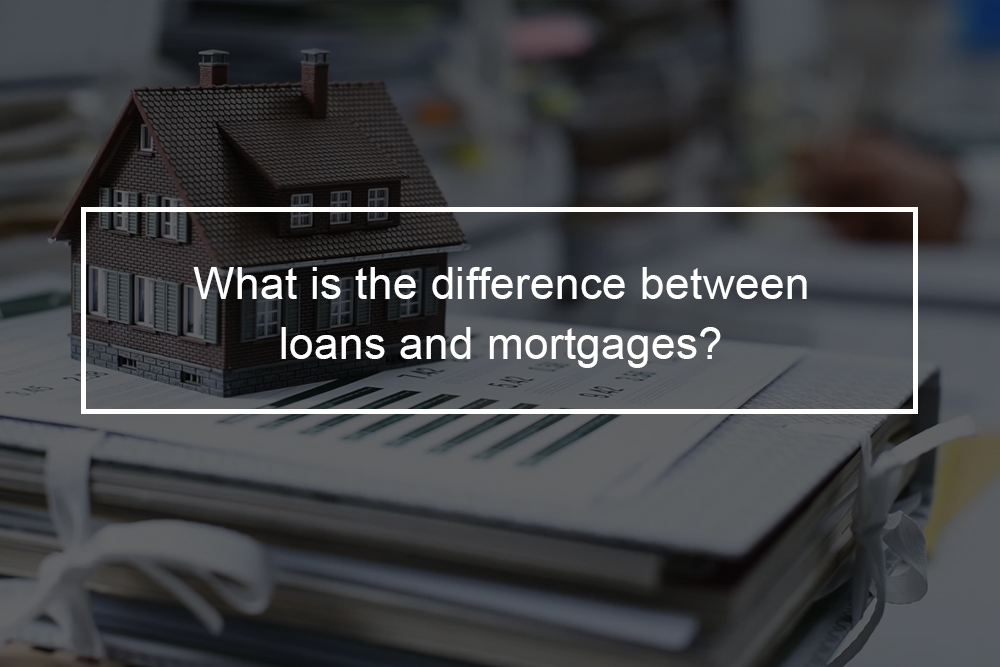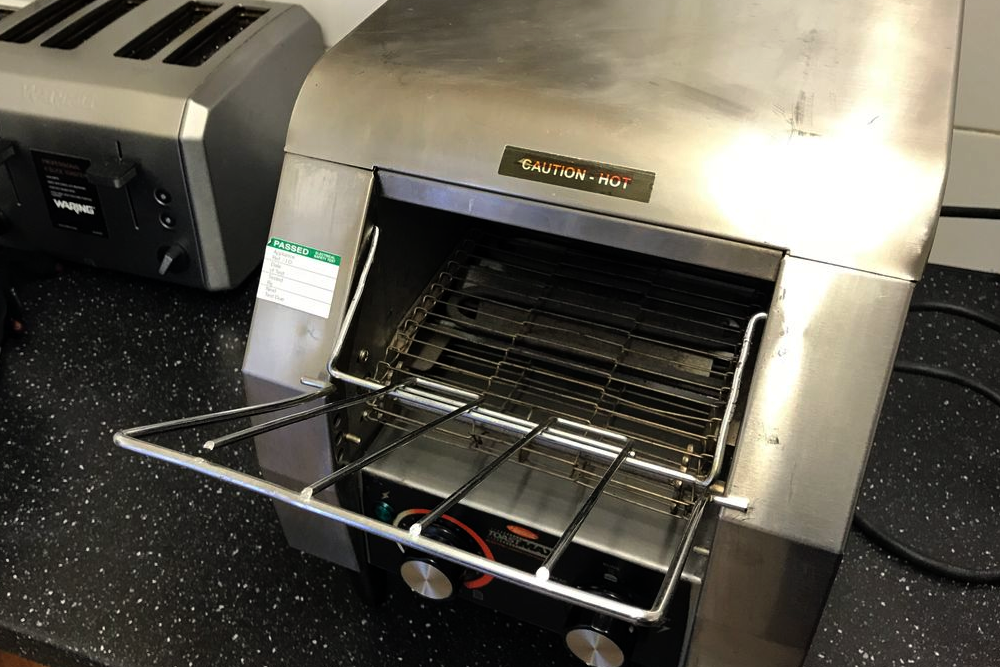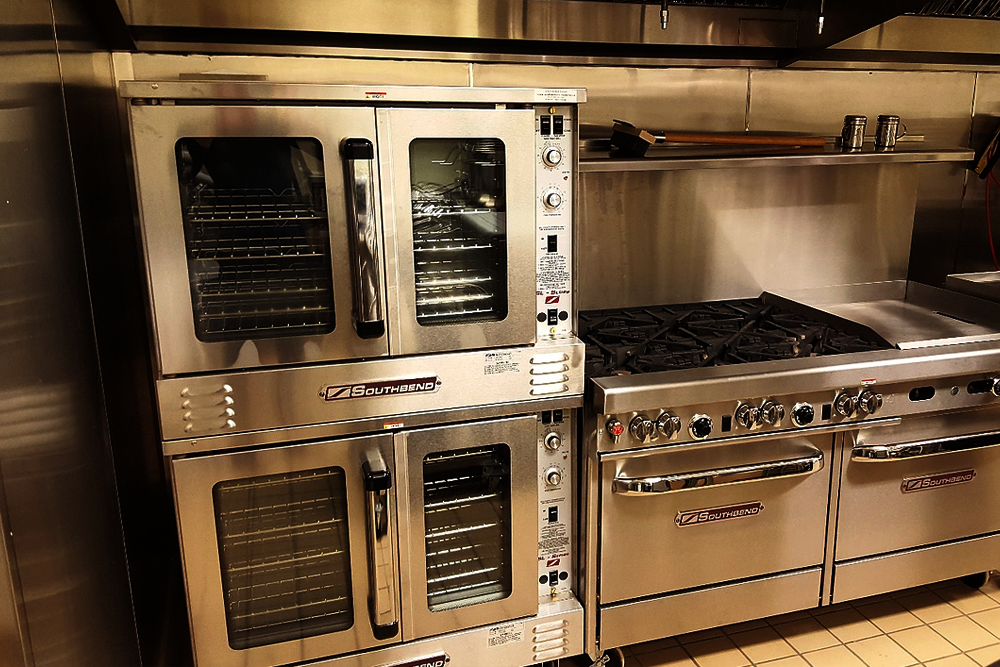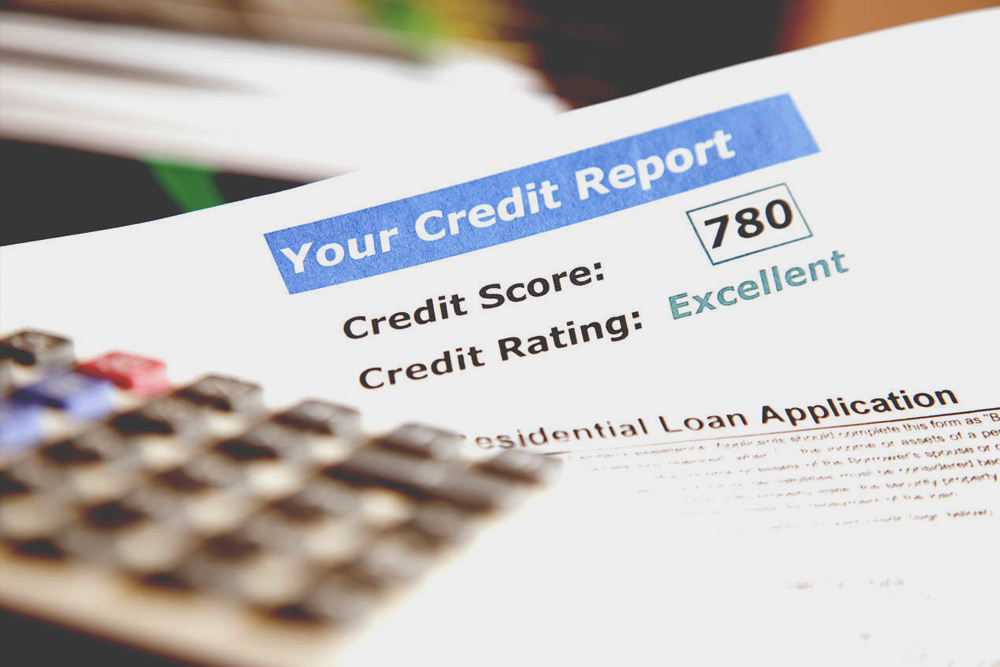A mortgage by far is the most common option when you are ready to purchase a house. However, that does not mean it is your only choice. Personal loans can be a fast way to drum up extra cash for a down payment. Personal loans might not be the American dream; however, it is a vital part of understanding the best financial choice of your future.
How do mortgages differ from personal loans?
Mortgages are kinds of loans that are secured with personal property or real estate
A loan is a relationship between a borrower and a lender. The lender is also known as a creditor, and the borrower is known as a debtor. The money loaned and received in this transaction is called loan: the creditor has lent out money, whereas the borrower has taken out a loan. The amount of money borrowed initially is known as the principal. The borrower pays back both the principal and an extra charge, known as interest.
Loan repayments are often paid in monthly installments, and the duration of the loan is usually pre-determined. Traditionally, the central responsibility and the financial system was to take in deposits and use them to give loans. This facilitated the efficient use of money in the economy. Loans are not only used by individuals but also organizations and even governments.
There are many types of loans; however, one of the most common kinds is a mortgage. Mortgages are secured loans that are particularly tied to real estate property, like a house or land. The borrower possesses the property in exchange for money that is paid in installments than if they were needed to pay the total value of the property upfront, with the end objective being that the debtor eventually comes to totally and independently possess the property once the mortgage is paid in full.
The arrangement also protects mortgagees(creditors). If a debtor repeatedly misses mortgage loan payments, for instance, his or her land and home may be foreclosed upon, indicating the lender once again takes ownership of the property to recoup financial losses.
The main differences between mortgages and personal loans
There are differences between mortgages and personal loans; let’s look at the following categories.
Types
There are many types of loans: Open-end and closed-end loans, secured loans and unsecured loans, payday loans, mortgage loans, and student loans. Types of mortgage include FHA mortgage loans, Fixed-rate mortgages, reverse mortgages, interest-only mortgages, VA loan mortgages, adjustable-rate mortgages, and FHA mortgage.
Interest rate
For personal loan interest, it varies by lender and often between 3.99% to 3%. Similarly, mortgage interest varies by lender but can begin as low as 3.2% for a fixed-rate mortgage.
Maximum loan amount
Personal loan maximum amount is up to $100,000 based on the lender and your eligibility. While for a mortgage, the high-cost area limit goes up to $954, 225 for a single unit.
Loan term
For personal loans, the loan term is typically between one to seven years. When it comes to mortgage, the loan term is usually between fifteen and thirty years, but it can also be as short as ten years or as long as fifty years.
Repayment frequency
Both loans and mortgage repayment frequency is usually months repayments.
Loans vs. Mortgage:Terms and Definition
Loan and Mortgage Terminology
Several times are commonly used when discussing mortgages and loans. It is essential to understand them before lending or borrowing.
- Principal: The amount of money borrowed that has yet to be repaid, deduct any interest. It does not recon any interest that may be due on top of the remaining money owed.
- Interest: It is a fee charged by a creditor or a debtor to borrow money Interest payments greatly incentive creditors to take on the financial threat of lending money, as the ideal situation results in a creditor earning back all the money loaned and some percentage above that.
- Interest rate: The rate at which percentage of the principal- the amount of money yet owed- is repaid, with interest, within a specified period. It is enumerated by dividing the principal by the amount of interest.
- (APR) Annual Percentage Rate: The costs of a loan over a year, inclusive of any and all interest insurance, or the origination fee.
- Pre-qualified: Typically, pre-qualification for a loan is a statement from a financial organization that offers a non-binding and approximate estimation of the amount a person is qualified to borrow.
- Pre-approved: The first step of a formal loan application is Pre-approval for the loan. The lender confirms the borrower’s credit rating and income before pre-approval.
- Down payment: Cash a borrower offers a lender upfront as part of initial loan repayment.
- Lien: Something used to secure loans, particularly mortgages; the legal right a lender has to an asset or property, should a borrower default on loan repayments.
- (PMI) Private mortgage insurance: Some borrowers- those who use either a conventional loan or an FHA with a downpayment of less than twenty-percent- are needed to purchase mortgage insurance, which offers the borrowers ability to keep making mortgage payments.
- Prepayment: Paying a loan in full or in part before its due date. Some creditors actually penalize borrowers with an interest charge fee for early repayment as it results in lenders losing out on interest charges they may have been able to make had the borrower kept the loan longer.
- Foreclosure: The legal process and right a lender utilizes to recoup financial losses incurred from having a borrower fail to repay a loan; often causes a public auction of the asset that was applied for collateral, with proceeds going toward the mortgage debt.
Compare mortgage and personal loans options
Types of mortgage and personal loans
Below are the various options available for loans and mortgage
Types of loans
Open-end versus closed-end loans
There are two main categories of personal loans. Open-end credit is also called the revolving credit. It is the credit that can be borrowed from more than once. It is open to continued borrowing. The most common kind of open-end loan is a credit card. When a fixed amount of money is loaned in full with the agreement that it is repaid in exhaustive at a later date, this kind of closed-end credit is also called term loan.
Secured versus unsecured
Loans can either be unsecured or secured. Unsecured loans are not attached to assets, indicating lenders cannot put a lien on an asset to recoup financial losses if the debtor defaults on a loan. Applications for unsecured loans are rather approved or rejected according to the borrower’s credit history, income, and credit score. Secured loans, also called collateral loans, are connected to assets and comprise auto loans and mortgages. In secured loans, a borrower places an asset up as collateral in exchange for cash. Although secured loans often offer more significant amounts of money to borrowers, at lower rates of interest, they are comparatively safer investments for lenders.
Other kinds of loans
Closed-end or open-end and unsecured or secured loans are broad categories that apply to a wide variety of specific loans, inclusive of student loans ((closed-end, frequently secured by the government), small business loans (secured, closed-end, unsecured), loans for United States veterans (closed-end, secured by the government), consolidated loans (closed-end, secured) mortgages (closed-end, secured), and even payday loans (closed-end, unsecured).
Types of mortgages
Fixed-rate mortgages
Most of the home loans are fixed-rate mortgages. Usually, they are large loans that must be repaid over a long period. They have a fixed or set rate of interest that can only be altered by refinancing the loan; payments are of equal monthly installments across the lifetime of the loan, and a borrower can pay extra amounts to pay off his or her loan faster.
FHA Mortgage loans
The United States Federal Housing Administration (FHA) insures mortgage loans that FHA-approved lenders offer to high-risk borrowers. FHA loans are not loans from the government, but the insurance of a loan made by an independent organization, like a bank. There is a diminution on how much the government will ensure a loan. FHA loans are frequently given to first-time homebuyers who are low to moderate-income and or are not making a twenty percent down payment, together with those with a poor credit history or a history of bankruptcy.
VA loans for veterans
The United States Department of Veterans Affairs assures the home mortgage loans taken out by military veterans. VA loans and FHA loans are similar, in that the government is not lending money itself, but instead, it is insuring a loan supplied by another lender. If a veteran defaults on his or her plan, the government repays the lender at least twenty-five of the loan.
The VA loan comes with some particular benefits, namely that veterans are not needed to carry a private mortgage or make a down payment. As a result of duty, having sometimes impacted their civilian work experience and income, some veterans would be high-threat borrowers who would be rejected for conventional mortgage loans.
Other kinds of mortgages
There are many different types of mortgages, inclusive of adjustable-rate mortgages (ARM), interest-only mortgages, and reverse mortgages, among others. But fixed-rate mortgages remain the most common kind of mortgage, by far, with thirty-year fixed-rate programs being the most common kind of them.
Personal Loans VS. Mortgage Agreements
Mortgage and loan agreements are developed out similarly; however, details vary considerably based on the kind of investment and its terms. Most agreements clearly outline who the lender(s) and the borrower is, what the APR or interest rate is, how much to be paid and when, what happens in case the borrower declines to repay the loan in the agreed-upon time.
There are two main kinds of loan agreements: syndicated loan agreements and bilateral loan agreements. Bilateral loan agreements occur between two parties (or three in case of deed or trust cases), the borrower and the lender. These are the most common kind of loan agreements, and they are comparatively easy to work with. Syndicated loan agreements transpire between a borrower and multiple lenders, like various banks; this is the agreement commonly utilized for a corporation to take out a huge loan. Multiple lenders pool their money together to build the loan, thus lowering individual risk.
Personal loans can be great for a wide variety of things; however, they are necessarily the best for financing the purchase of a home. Mortgages are exclusively used for buying real estate and can typically provide you better terms. Before you create any significant financial commitments, you should talk with a financial advisor and compare your options.














